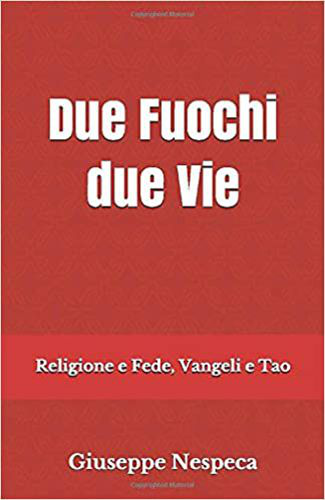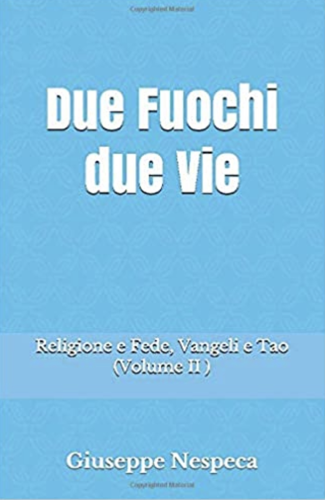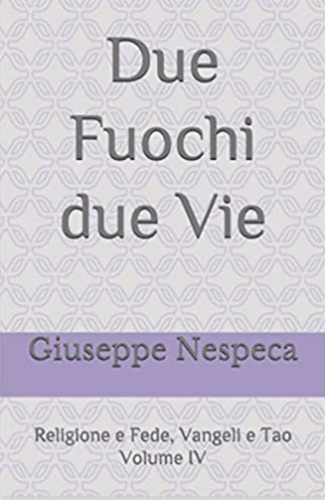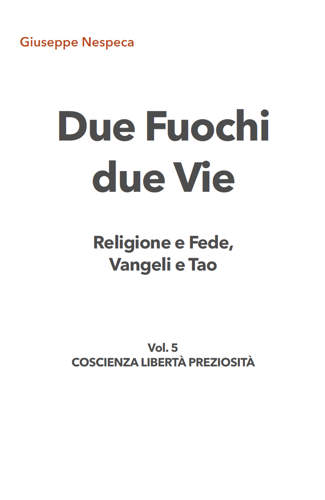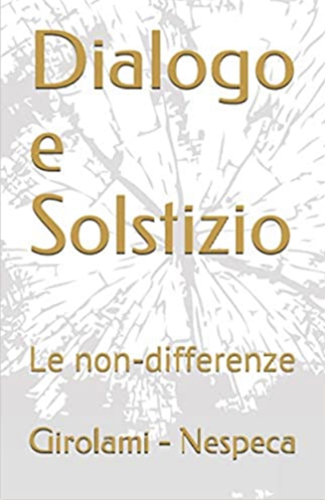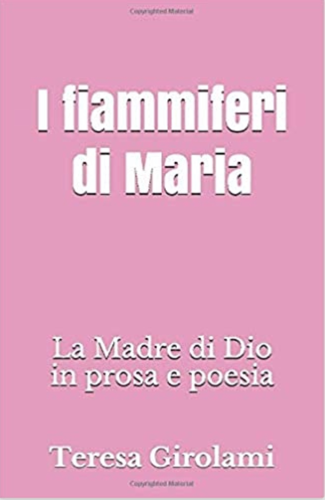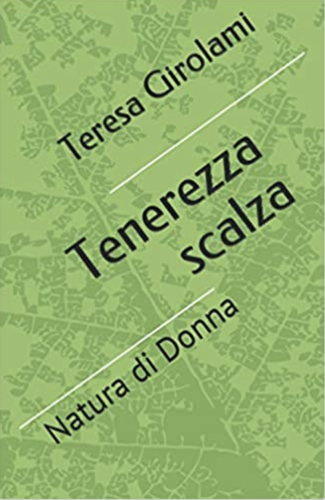If we consider these beati and the great throng of those who have been canonized and beatified, we can understand what it means to live as branches of Christ, the true vine, and to bear fruit. Today’s Gospel puts before us once more the image of this climbing plant, that spreads so luxuriantly in the east, a symbol of vitality and a metaphor for the beauty and dynamism of Jesus’ fellowship with his disciples and friends – with us.
In the parable of the vine, Jesus does not say: “You are the vine”, but: “I am the vine, you are the branches” (Jn 15:5). In other words: “As the branches are joined to the vine, so you belong to me!
But inasmuch as you belong to me, you also belong to one another.” This belonging to each other and to him is not some ideal, imaginary, symbolic relationship, but – I would almost want to say – a biological, life-transmitting state of belonging to Jesus Christ. Such is the Church, this communion of life with Jesus Christ and for one another, a communion that is rooted in baptism and is deepened and given more and more vitality in the Eucharist. “I am the true vine” actually means: “I am you and you are I” – an unprecedented identification of the Lord with us, with his Church.
On the road to Damascus, Christ himself asked Saul, the persecutor of the Church: “Why do you persecute me?” (Acts 9:4). With these words the Lord expresses the common destiny that arises from his Church’s inner communion of life with himself, the risen one. He continues to live in his Church in this world. He is present among us, and we with him. “Why do you persecute me?” It is ultimately at Jesus that persecution of his Church is directed. At the same time, this means that when we are oppressed for the sake of our faith, we are not alone: Jesus Christ is beside us and with us.
Once again, Jesus says in the parable, and I quote: “I am the true vine, and my Father is the vinedresser” (Jn 15:1), and he goes on to explain that the vinedresser reaches for his knife, cuts off the withered branches and prunes the fruit-bearing ones, so that they bring forth more fruit. Expressed in terms of the image from the prophet Ezekiel that we heard in the first reading, God wants to take the dead heart of stone out of our breast and give us a living heart of flesh (cf. Ez 36:26), a loving heart, a heart of gentleness and peace. He wants to bestow new life upon us, full of vitality. Christ came to call sinners. It is they who need the doctor, not the healthy (cf. Lk 5:31f.). Hence, as the Second Vatican Council expresses it, the Church is the “universal sacrament of salvation” (Lumen Gentium, 48), existing for sinners, for us, in order to open up to us the path of conversion, healing and life. That is the Church’s great perennial mission, entrusted to her by Christ.
Many people see only the outward form of the Church. This makes the Church appear as merely one of the many organizations within a democratic society, whose criteria and laws are then applied to the task of evaluating and dealing with such a complex entity as the “Church”. If to this is added the sad experience that the Church contains both good and bad fish, wheat and darnel, and if only these negative aspects are taken into account, then the great and beautiful mystery of the Church is no longer seen.
It follows that belonging to this vine, the “Church”, is no longer a source of joy. Dissatisfaction and discontent begin to spread, when people’s superficial and mistaken notions of “Church”, their “dream Church”, fail to materialize! Then we no longer hear the glad song “Thanks be to God who in his grace has called me into his Church” that generations of Catholics have sung with conviction.
But let us return to the Gospel. The Lord continues thus: “Abide in me, and I in you. As the branch cannot bear fruit by itself, unless it abides in the vine, neither can you, unless you abide in me ... for apart from me [i.e. separated from me, or outside me] you can do nothing” (Jn 15:4f.).
Every one of us is faced with this choice. The Lord reminds us how much is at stake as he continues his parable: “If a man does not abide in me, he is cast forth as a branch and withers; and the branches are gathered, thrown into the fire and burned” (Jn 15:6). In his commentary on this text, Saint Augustine says: “The branch is suitable only for one of two things, either the vine or the fire: if it is not in the vine, its place will be in the fire; and that it may escape the latter, may it have its place in the vine” (In Ioan. Ev. Tract. 81:3 [PL 35, 1842]).
The decision that is required of us here makes us keenly aware of the fundamental significance of our life choices. But at the same time, the image of the vine is a sign of hope and confidence. Christ himself came into this world through his incarnation, to be our root. Whatever hardship or drought befall us, he is the source that offers us the water of life, that feeds and strengthens us. He takes upon himself all our sins, anxieties and sufferings and he purifies and transforms us, in a way that is ultimately mysterious, into good branches that produce good wine. In such times of hardship we can sometimes feel as if we ourselves were in the wine-press, like grapes being utterly crushed. But we know that if we are joined to Christ we become mature wine. God can transform into love even the burdensome and oppressive aspects of our lives. It is important that we “abide” in Christ, in the vine. The evangelist uses the word “abide” a dozen times in this brief passage. This “abiding in Christ” characterizes the whole of the parable. In our era of restlessness and lack of commitment, when so many people lose their way and their grounding, when loving fidelity in marriage and friendship has become so fragile and short-lived, when in our need we cry out like the disciples on the road to Emmaus: “Lord, stay with us, for it is almost evening and darkness is all around us!” (cf. Lk 24:29), in this present era, the risen Lord gives us a place of refuge, a place of light, hope and confidence, a place of rest and security. When drought and death loom over the branches, then in Christ we find future, life and joy. In him we always find forgiveness and the opportunity to begin again, to be transformed as we are drawn into his love.
To abide in Christ means, as we saw earlier, to abide in the Church as well. The whole communion of the faithful has been firmly incorporated into the vine, into Christ. In Christ we belong together. Within this communion he supports us, and at the same time all the members support one another. We stand firm together against the storm and offer one another protection. Those who believe are not alone. We do not believe alone, we believe with the whole Church of all times and places, with the Church in heaven and the Church on earth.
The Church, as the herald of God’s word and dispenser of the sacraments, joins us to Christ, the true vine. The Church as “fullness and completion of the Redeemer”, as Pius XII expressed it (Pius XII, Mystici Corporis, AAS 35 [1943] p. 230: “plenitudo et complementum Redemptoris”), is to us a pledge of divine life and mediator of those fruits of which the parable of the vine speaks. Thus the Church is God’s most beautiful gift. Therefore Saint Augustine could say: “as much as any man loves the Church, so much has he the Holy Spirit” (In Ioan. Ev. Tract. 32:8 [PL 35:1646]). With and in the Church we may proclaim to all people that Christ is the source of life, that he exists, that he is the great one for whom we keep watch, for whom we long so much. He gives himself, and thus he gives us God, happiness, and love. Whoever believes in Christ has a future. For God has no desire for what is withered, dead, ersatz, and finally discarded: he wants what is fruitful and alive, he wants life in its fullness and he gives us life in its fullness.
[Pope Benedict, homily in Berlin, 22 September 2011]





